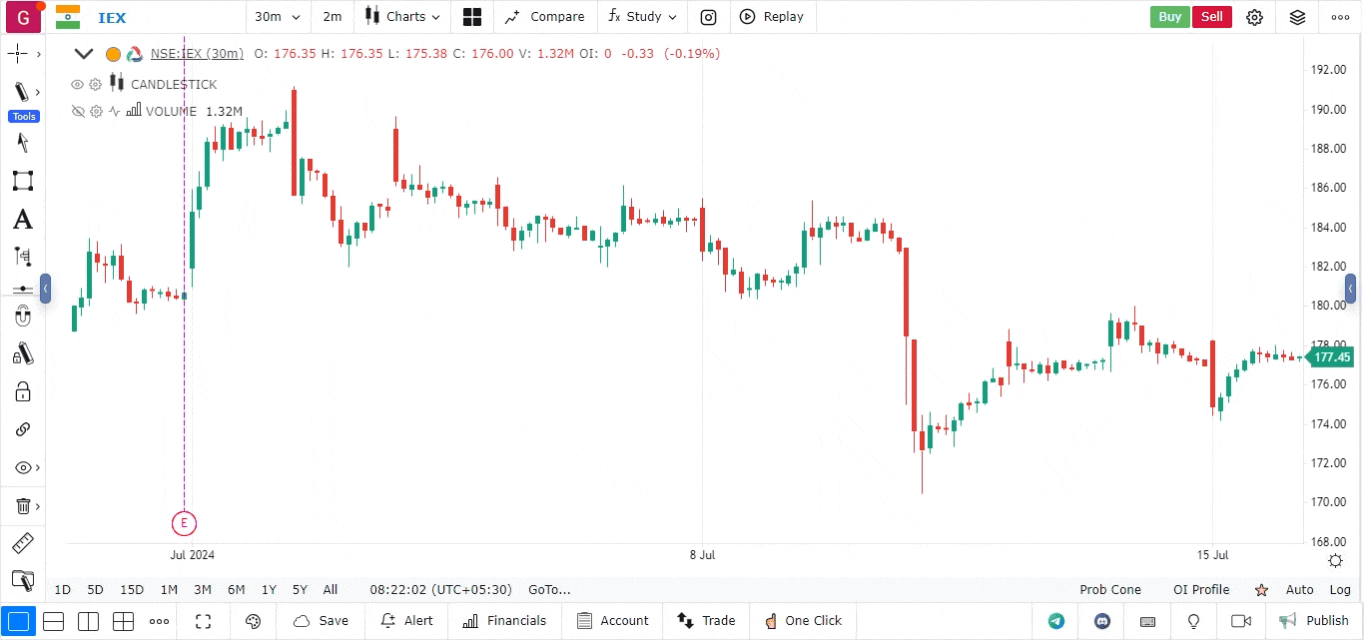Vidya Moving Average (VIDYA) Indicator
The Vidya Moving Average (VIDYA) Indicator is a dynamic moving average that adjusts its sensitivity to price changes based on market volatility. Unlike traditional moving averages, which use fixed periods, the VIDYA adapts to price movements, providing traders with a more responsive tool for identifying trends and potential reversals.
What is the Vidya Moving Average (VIDYA)?
The Vidya Moving Average is a type of adaptive moving average that changes its smoothing factor based on the volatility of the price series. It was developed by the renowned technical analyst Tushar Chande and is designed to provide a smoother representation of price trends while minimizing lag.
Key Features:
- Adaptive Sensitivity: The VIDYA adjusts its calculation based on the volatility of the price series, allowing it to react more quickly to significant price movements.
- Reduced Lag: By adapting to market conditions, the VIDYA minimizes the lag typically associated with traditional moving averages, making it suitable for dynamic trading environments.
- Customizable Settings: Traders can adjust the parameters to fit their specific trading strategies, allowing for versatility across different timeframes and asset classes.
VIDYA Formula
The VIDYA is calculated using the following steps:
- Calculate the Volatility:
- Calculate the Smoothing Factor (SF):
Where N is the length of the period.
- Calculate the VIDYA:
Where:
- is the previous value of the VIDYA.
- is the closing price of the current period.
How to Add the VIDYA Indicator
-
Open the platform:
- Navigate to the platform and select the asset you wish to analyse.
-
Access the Indicators Menu:
- Click on the Indicators menu located in the top toolbar.
-
Add the VIDYA Indicator:
- Search for “Vidya Moving Average” or “VIDYA” in the indicators search bar.
- Click on the VIDYA Indicator to add it to your chart.

- Customize Settings:
- After adding the indicator, you can customize the following settings:
- Period: Set the number of periods for the VIDYA calculation (e.g., 10, 20, or 50).
- Volatility Factor: Adjust the factor that influences the sensitivity of the VIDYA to market volatility.
- Style: Modify the colour, line thickness, and style for better visibility on your chart.
- After adding the indicator, you can customize the following settings:
How to Interpret the VIDYA Indicator
-
Trend Direction:
- When the price is above the VIDYA, it suggests a bullish trend, indicating potential long positions.
- When the price is below the VIDYA, it suggests a bearish trend, indicating potential short positions.
-
Identifying Reversals:
- A cross of the price above the VIDYA can signal a potential bullish reversal, while a cross below the VIDYA can indicate a potential bearish reversal.
-
Support and Resistance Levels:
- The VIDYA can act as a dynamic support or resistance level, where price reactions may occur, helping traders identify potential entry and exit points.